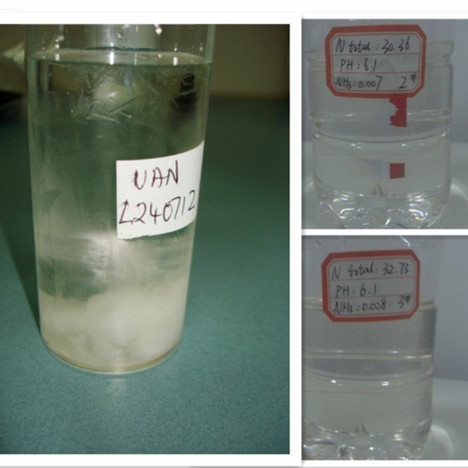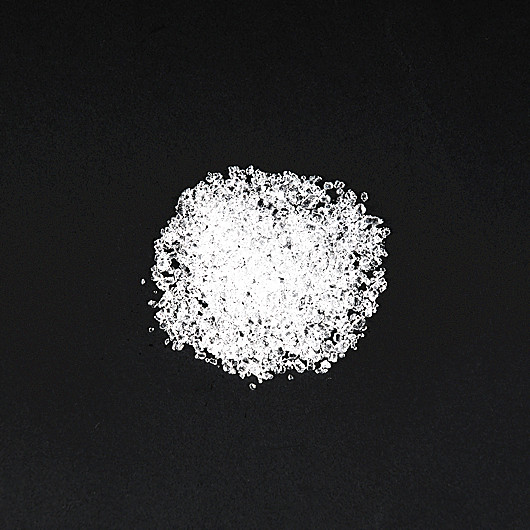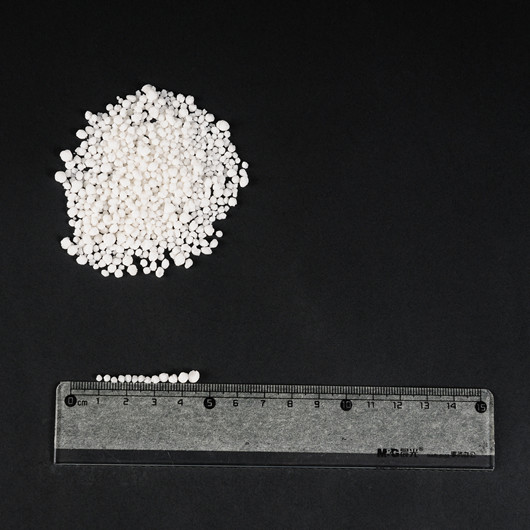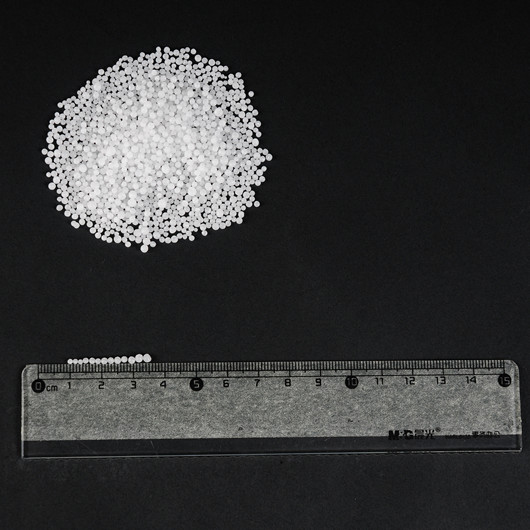Ammonium nitrate is combustible. It is also explosive under the right conditions. But both Ammonium nitrate and Potassium nitrate are usually used in pyrotechnics as oxidizers.
The main difference is that because the molar mass of Ammonium nitrate is less than that of Potassium nitrate, one would need less of it (in fact only about 80%).
Ammonium nitrate is often used as a substitute for Potassium nitrate in smoke bombs, flash powders and gun powders. Ammonium nitrate (often mixed with gun cotton) was considered superior to Potassium nitrate for making gun powder used in cannons because it made less smoke and produced less flash. This was the beginning of the production of "smoke-less" gun powders.
One problem occurs when using Ammonium nitrate in mixtures. The compound will absorb water from the atmosphere and so must be kept sealed.
Ammonium nitrate, like potassium nitrate and most all nitrates, is an oxidizer. In the case of gunpowder, potassium nitrate is the oxidizer and charcoal and sulfur are the fuels.
In general, oxidizers themselves are not considered to burn (there are some exceptions, like organic peroxides). Potassium nitrate does not burn. Instead, it just accelerates burning of other substances.
Ammonium nitrate can do the same thing. There were propellants called "ammonpulvers" that used ammonium nitrate in place of potassium nitrate. In the old days, they were sometimes used instead of regular gunpowder in cannons, etc. One advantage was that they produced less flash and smoke.



